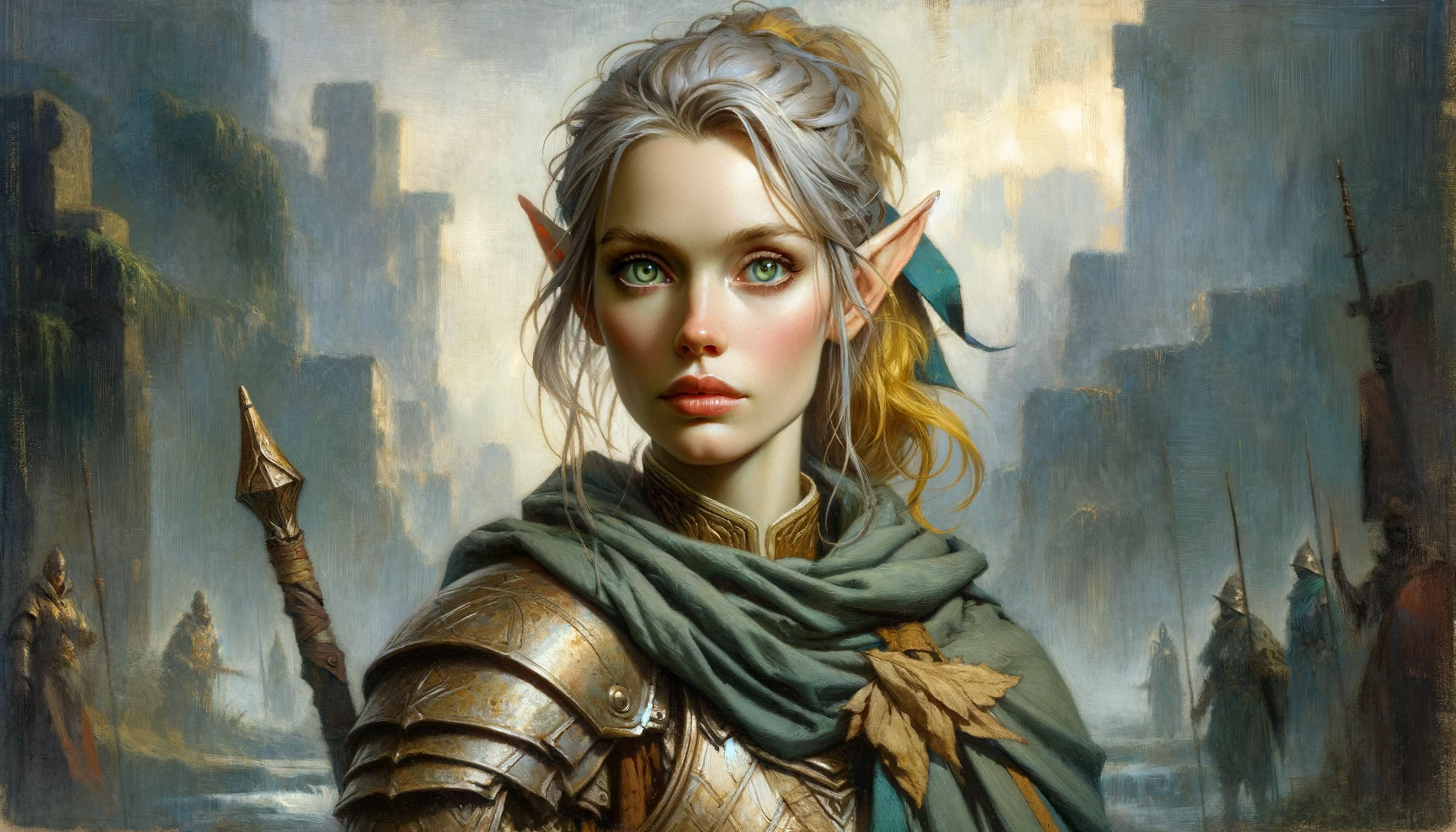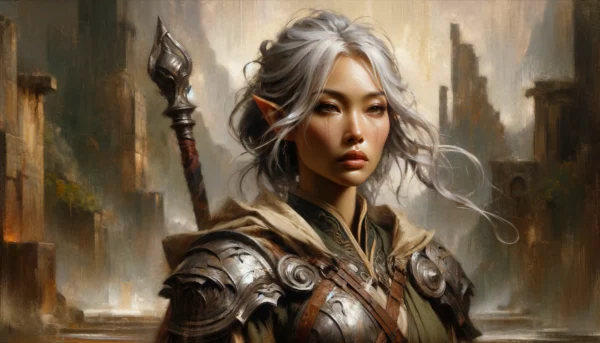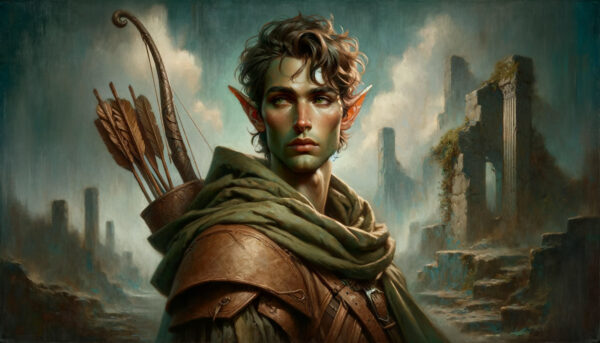Add/Edit Races
Game Masters have the ability to create and manage character races within Game Squire. The process is facilitated through an Add/Edit form, which allows for detailed customization of each race.
Identity
Name
Enter the name of the character race.
Subrace of
If this is a subrace (such as Drow Elf), select the parent race (i.e. Elf).
Subtypes
Allows for the addition of various subtypes associated with the race. Include the subtype name and its corresponding type, such as elemental affinity or cultural background. For example, Dragonborn have subtypes such as Bronze, Copper, and Gold with types Lightning, Acid, and Fire.
Alignment
Describe the general alignment tendencies of the race.
Description
The Description section provides a rich text editor for crafting a detailed narrative about the race. This narrative can include cultural background, physiological traits, common behaviors, and any other lore-related information.
Prompt Description
A text input for a brief description used for generating images or other quick references. An example for a Dragonborn would be "a humanoid figure with dragon-like features including scaled skin, a snout, sharp teeth, horns, and a muscular build"
Physical
Typical Eye, Hair, and Skin Colors
Multi-select dropdowns to specify the typical types of features (used for prompts when creating characters).
Size
Select the size category for the race. See Size in the Monsters rule entry for details.
Average Height
Specify the average height in decimal feet.
Average Weight
Specify the average weight in pounds.
Size Description
Use this to describe the creature's size. This will show on the race profile page. For example:
Dragonborn are taller and heavier than humans, standing well over 6 feet tall and averaging almost 250 pounds.
Speed
Enter movement speeds in feet per turn, such as walking, swimming, flying, and climbing. A human has a walking speed of 30 feet per turn, a halfling has a walking speed of 25 feet per turn.
Age
Adulthood
The age at which the race is considered to have reached adulthood.
Average Mortality
The average age the race typically lives to.
Age Description
A narrative description of the race's maturation process. For example:
Young dragonborn grow quickly. They walk hours after hatching, attain the size and development of a 10-year-old human child by the age of 3, and reach adulthood by 15. They live to be around 80.
Abilities
Ability Description
A text area for a narrative description of the race's inherent abilities. An example for Dragonborn would be
Your draconic heritage manifests in a variety of traits you share with other dragonborn.
Hit Points Bonus
For specifying any racial bonus to hit points.
Ability Modifiers
A dynamic list where specific ability score modifiers are entered. Detail the specific ability score bonuses or penalties that the race confers on its members, such as increased strength or charisma.
- Input the ability name (e.g., Strength, Dexterity, Charisma) in the first column.
- Add the numerical modifier (positive or negative) in the second column.
- Remove or add rows as needed by using the corresponding buttons.
Capabilities
Starting Skills
Select the skills that the race starts with by default.
Number of Starting Skills
Input the number of skills a character of this race begins with.
Starting Languages
Select the languages inherently known to the race.
Number of Additional Languages
Indicate how many extra languages, beyond the Starting Languages, a character knows at level 1.
Languages Description
Detail the languages' characteristics and background (if unique). For example:
You can speak, read, and write Common and Draconic. Draconic is thought to be one of the oldest languages and is often used in the study of magic. The language sounds harsh to most other creatures and includes numerous hard consonants and sibilants.
Race Features
Feature Name
The name of the racial feature.
Feature Description
Provide a detailed description of the feature. For example, the dragonborn feature, Damage Resistance, would have the description:
You have resistance to the damage type associated with your draconic ancestry.
Add Feature Row
Click to add new racial feature.
Delete Feature
Click to delete the feature.
Featured Image
Featured Images are a vital aspect of visually representing the various elements of your game, be it characters, monsters, spells, locations, campaigns, or items. We offer a flexible approach to creating these images, whether through our Squire's image generation service or personal uploads.
Squire-Generated Imagery
Using Tokens for Image Generation: Game Squire uses Tokens to generate images. For a square (1:1) image, you'll use 4 Tokens, while a wider (16:9), higher-resolution image requires 8 Tokens.
Timing and Details: For the best results, generate an image after you've entered all the basic features of the element (like a character's race, class, or a location's key traits). This ensures that the Squire can accurately create an image that reflects the specified attributes and style.
Image Tone: Setting the tone for your image is important. It will define the look (or looks) for your character, world or campaign. Be sure to set your tone before generating images. You can save as many tones as you like and quickly switch between them using the "Change Tone" link.
Image Prompt: If you aren't getting the result you expect for your generated image, try writing a short, clear prompt to help the Squire generate an image. This can help the Squire know what it should put into the image, and how to pose, or lay out the image. If you're getting unwanted text or words, entering a description of what you think the image should be can help. Avoid putting words in quotes and avoid using proper names because it can think these are important labels it should put into the image.
Personal Image Uploads
Uploading Your Own Images: If you have a specific image or artwork in mind, you can directly upload it. This option allows you to use custom or pre-made images that perfectly match your vision.
Flexibility in Representation: Personal uploads are ideal for users who prefer to have complete control over the visual representation of their game elements.



